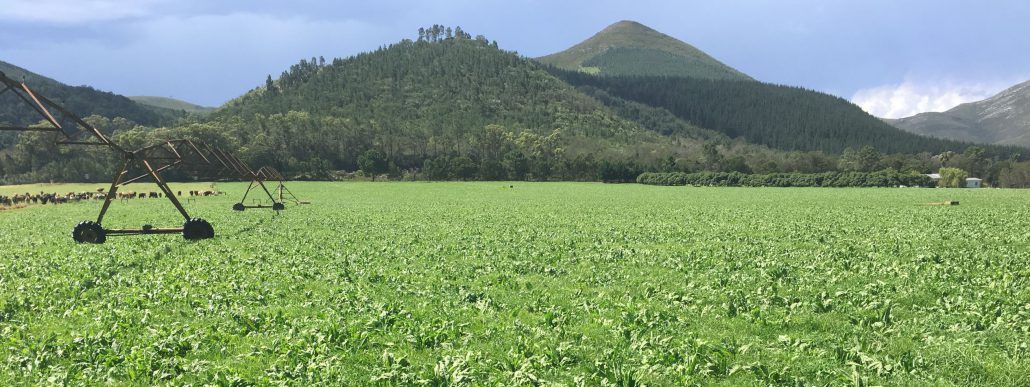At Trace & Save we focus a lot on soil health. There is a good reason why. We believe that farmers have the potential to significantly increase the productivity of their farm, and decrease their environmental impact, by implementing practices which improve the health of their soil. The widely accepted definitions of soil health focus on three main aspects:
- The soil’s capacity to function.
- The soil is a living ecosystem.
- The soil sustains plant, animal, and human life.
It is important to take into account all three of these aspects when considering soil management. The soil’s capacity to function is what influences the level of production that can result from a particular soil. There are many factors which influence crop yield, for example rainfall and temperature, but what is certain is that a soil which has a low functional capacity will not produce high yields.
The soil is a living ecosystem, and needs to be treated as such. The more alive and active the soil is, the greater capacity it has to function optimally. There are actions that farmers can implement that will either cause the soil to thrive, or suffer. Like most living organisms, the soil does not respond well to physical disturbance (e.g. tillage) and poisons (e.g. pesticides, herbicides and excessive fertiliser).
The fact that soil sustains life is the end goal of soil management. Soil and farm management is about growing plants which will feed animals and humans. With this being the goal, does it not make sense to implement practices which ensure that the soil thrives? A thriving soil will be best equipped to sustain plant, animal and human life.
- A carbon footprint assessment for pasture-based dairy farming systems in South Africa - 2024-02-07
- What progress have farms participating with Trace & Save made over the past 10 years? - 2023-09-06
- Carbon footprint reduction over time: Lessons from pasture-based dairy farms in South Africa - 2023-09-04


